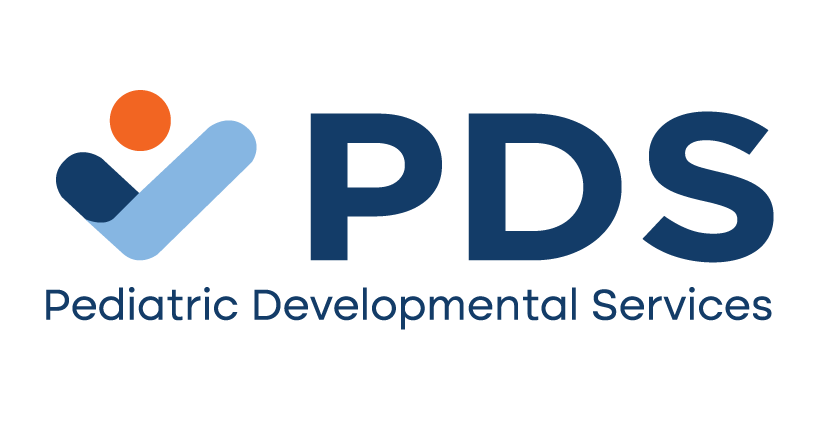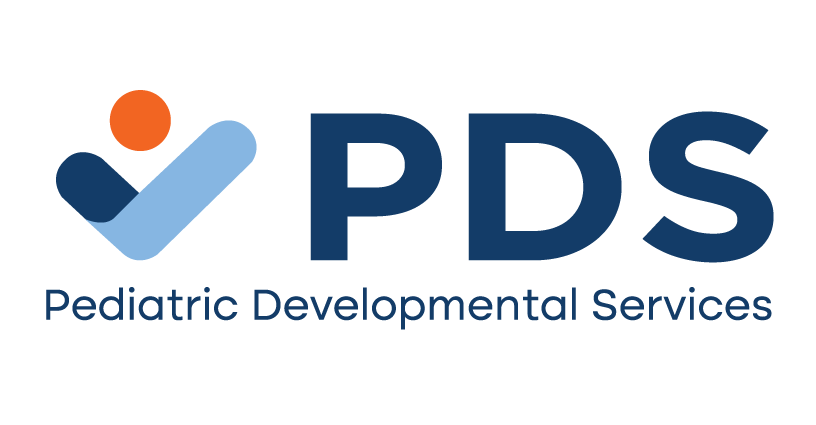
In the past, SLPs and teachers tended to keep to themselves; however, as teaching methods have evolved, so have treatment methods for SLPs. These newer methods mean that there will be more interaction between the two professions than before. I’m here today to give you some tips and ideas on how to collaborate with the classroom teacher to make sure your patients are as successful as possible.
Why is it important?
Collaboration between a student’s SLP and teacher is important to the student’s progress and success. Integrating the materials and information being addressed in the classroom into speech sessions can help students make connections to areas being addressed and then generalizing the information from speech therapy into the classroom. It shows the student that their teacher and their SLP are working as a team and that they both care about the student’s success in speech. It is also important for the teacher to be aware of what the student is working on in speech therapy and how those areas may impact their classroom performance.
Tips for General Collaboration
Here are some suggestions for you on how you can work with the teacher, no matter what service model you are using.
- Inform the classroom teacher:
-
- what your student’s speech and language goals are and how the teacher can support them.
- if the child has testing accommodations.
- Set up a time each week to discuss the student’s progress with the teacher. It doesn’t have to be a lot; a little bit of time can go a long way. Find out what they are focusing on in class, what lessons and topics are coming up, and the teacher has noticed the student struggling or succeeding.
- Get previews of materials from the teacher. You may be able to use the materials in your speech sessions to prep the student for the classroom. Integrating classroom materials into speech therapy is a great way for the student to review the skills they are learning with the speech and language support they need. Likewise, you may have some materials and resources that you may be able to have the teacher use in class to help support students, as well as have them make connections and generalize skills.
- Be open to new, out-of-the-box ideas. This goes for both parties. Sometimes scheduling, suggestions, and ideas work out perfectly, and sometimes they don’t. Trial and error is a part of collaboration, so be open to giving all ideas a fair chance.
Speech Services and Collaboration
There has recently been more emphasis placed on creating more inclusion speech therapy. Current thinking is that the more time the student spends in the classroom, getting exposure to peers, the more they will learn from them and hopefully generalize into their academic day. With push-in speech therapy, the student would be receiving their speech services inside the classroom surrounded by their peers, the hope being that they would generalize the skills being targeted in speech with the skills being targeted in the classroom.
Although this model is great for some students; it is not right for others as some will benefit more from receiving speech services out of the classroom. The reason being that at times, the classroom produces too much distraction for the student to focus on learning speech and language skills that are key building blocks to development.
The type of speech service, either push-in or pull-out, is typically stated in the student’s IEP. Their IEP is a legal and binding document. If the IEP says the student must receive push-in minutes, then they have to have push-in minutes.
Here are some tips for working with the teacher when the student is going to be receiving push-in speech services.
- Decide on the type of push-in model that works best for the two of you. There are several different models out there to pick from, but don’t be afraid to be creative and make your own if the ones you have looked at and discussed don’t meet your needs.
- Decide if the push-in speech time will be for the IEP student only or if you will be able to incorporate other students with language concerns into the group.
- Talk about what speech and language goals will be targeted during the push-in speech sessions.
- Again, finding a few minutes to touch base and do a little planning each week is key to having things run smoothly.
- Discuss what everyone’s roles and expectations will be. What will each person be in charge of in the room when you are providing services? If you are building off of information from a classroom lesson, will you be in charge of reteaching information during the session if the student doesn’t understand something? Who will be in charge of prepping classroom materials for the speech students to use during the push-in services? Getting these matters sorted out ahead of time will save you a lot of time and sanity!
Remember that the SLP and teacher share a common goal: to have the students be happy and successful. By working together, we can help them achieve that and more!
APR
2018


About the Author: